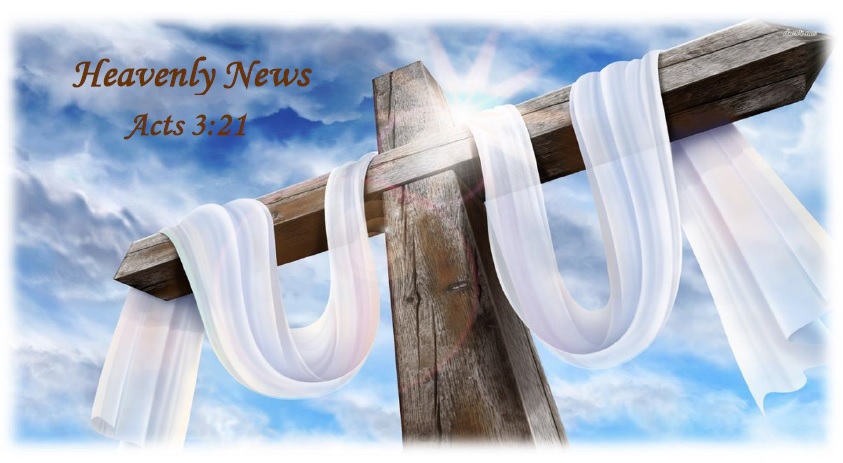Laodicea - A.D. 1900 - Tribulation.
The character of the church at Laodicea is a fair outline of the church period from A.D. 1900 - Tribulation. This church presents a vivid picture of the age in which we live. Luxury-living abounds on every hand while souls are dying for want of the gospel. Christians are wearing crowns instead of bearing a cross. We become more emotionally stirred over sports, politics, or television than we do over Christ. There is little sense of spiritual need, little longing for true revival. We accumulate instead of forsake, lay up treasures in earth instead of in heaven. The churches of today are usually more interested in social action than gospel action, more interested in reformation than transformation, more interested in planning than praying.
Everything is largely mechanical and of a social character; all kinds of organizations, programs, committees, activities-but no power; fabulous architecture, million-dollar buildings, fund-raising organizations, and a large church membership. We have outward religious worship without the inner reality; “having a form of godliness, but denying its power” (2 Timothy 3:5). The Apostate Church today would be at the forefront of the gay rights and feminist movements and be leaders in the ordination of women and the feminizing of the deity. As this age draws to a close, apostasy, deadness, and indifference will increase. This is our condition on the eve of Christ’s return.
PARABLE OF THE DRAGNET (Matthew 13: 47-50)
The time is the end of the age (end of the Tribulation period), and is the time of the second advent of Christ. The fishermen are the angels. The good fish are the righteous (saved people, both Jews and Gentiles), and the bad fish are the unrighteous (unbelieving people of all races). The righteous enter the kingdom of their Father, and the unrighteous are consigned to a place of fire.
MYSTERY BABYLON (Revelation 17:1-7)
The picture is of the world being swept up into the intoxication and sin of a false system of religion. Prostitution (harlotry) symbolizes idolatry or religious apostasy (Jeremiah 3:6-9; Ezekiel 16:30, 20:30; Hosea 4:15, 5:3, 6:10, 9:1). The harlot rules over the waters which symbolize the nations of the world. She lures the nations into her grasp and deceives them into committing spiritual fornication with her. She is the bride of the Antichrist. All false religion stems from Babel or Babylon (Genesis 11:1-9).
System of denials within the professing church at the end of the age:
1. Denial of God (Luke 17:26; 2 Timothy 3:4-5).
2. Denial of Christ (1 John 2:18, 4:3; 2 Peter 2:6).
3. Denial of Christ’s return (2 Peter 3:3-4).
4. Denial of the faith (1 Timothy 4:1-2; Jude 3).
5. Denial of sound doctrine (2 Timothy 4:3-4).
6. Denial of the separated life (2 Timothy 3:1-7).
7. Denial of Christian liberty (1 Timothy 4:3-4).
8. Denial of morals (2 Timothy 3:1-8, 13; Jude 18).
9. Denial of authority (2 Timothy 3:4).
©2012 Kenute P. Curry. All rights reserved.


No comments:
Post a Comment